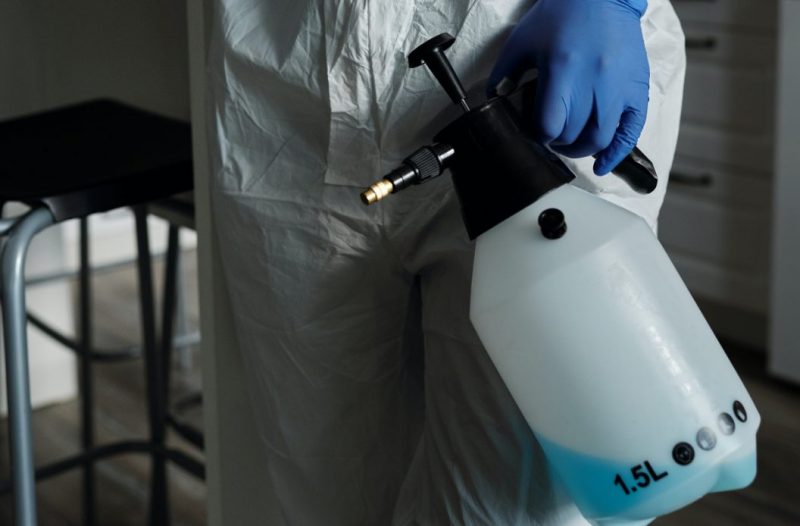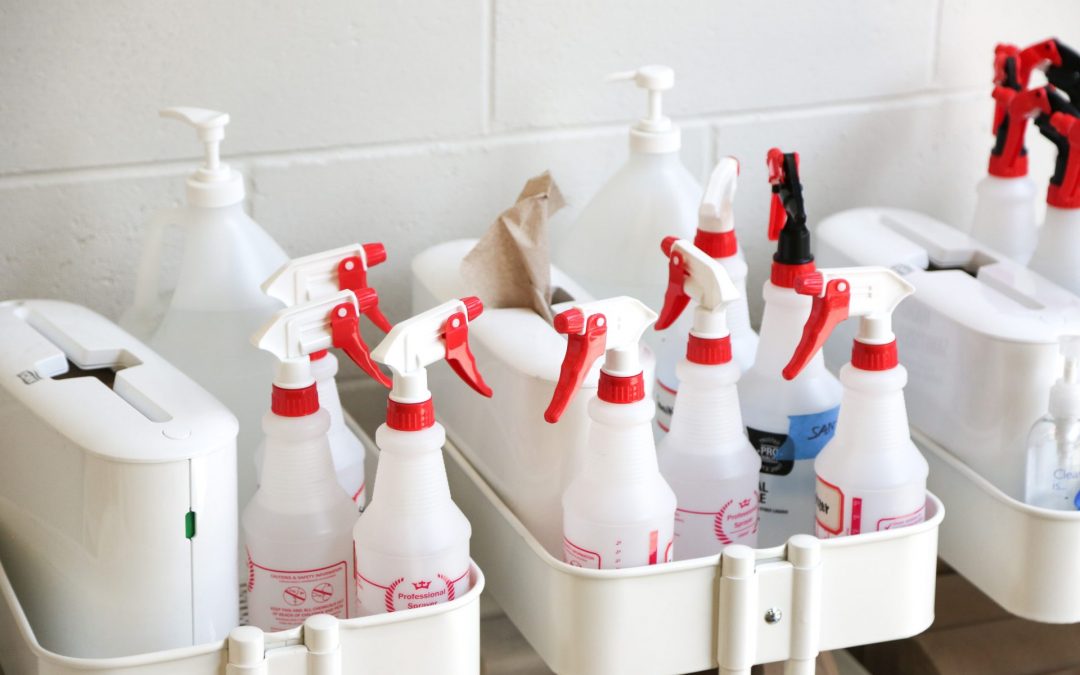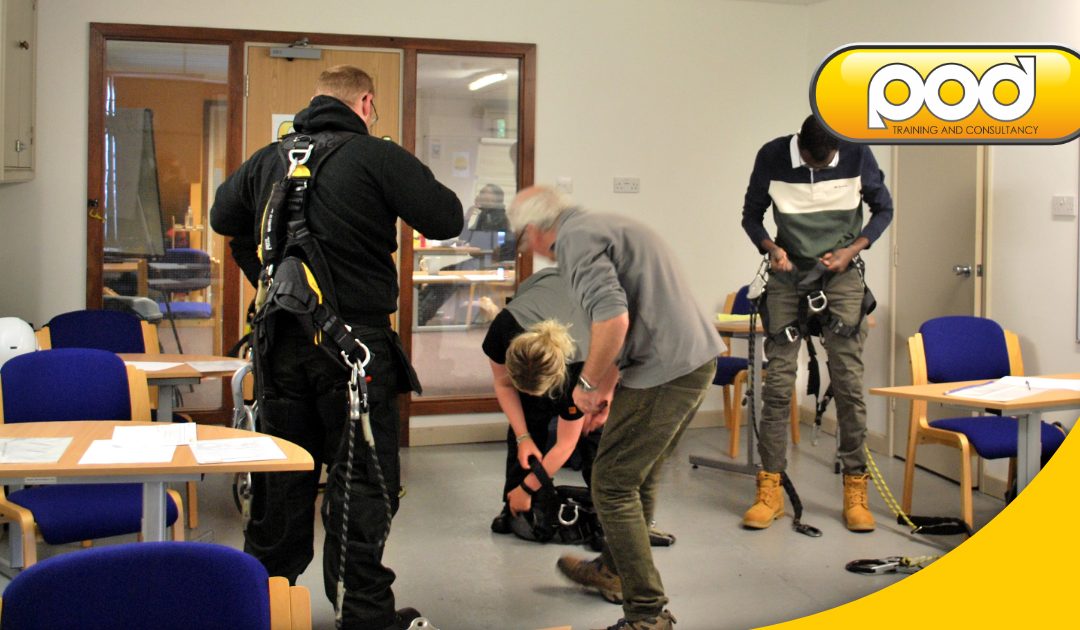COSHH stands for the Control of Substances Hazardous to Health, and it is the law that requires employers to control substances that are potentially harmful to health. What are substances hazardous to health and what are the dangers associated with them?
What does ‘substances hazardous to health’ mean?
According to HSE, COSHH covers the following substances:
- Chemicals
- Products containing chemicals
- Fumes
- Dust and fumes – air that is laden with dust or fumes can cause lung diseases
- Vapours
- Pesticides
- Mists
- Nanotechnology
- Gases and asphyxiating gases
- Biological agents (germs). If the packaging has any of the hazard symbols then it is classed as a hazardous substance.
- germs that cause diseases.
- Flowers, bulbs, fruit and vegetables – these can cause dermatitis on skin contact
These substances are labelled as hazardous to health because exposure to them can cause health problems. If your workplace uses or produces these substances they should be covered in your COSHH assessment. COSHH does not deal with lead or asbestos. These substances are covered by the ‘Control of Asbestos Regulations 2012’ and the ‘Control of Lead at Work Regulations 2002’.
Methods of Exposure
Swallowing
Without regular hand washing, hazardous substances can be transferred from your hand to your mouth when you eat, smoke, bite your fingernails etc.
Inhaling
Dusts, fumes, and other airborne substances, can be inhaled via nose or mouth. Once inhaled, these substances can attack the nose, throat or lungs. Whilst this is happening, other harmful substances can be inhaled and harm other parts of the body.
Skin Contact
Some substances damage skin, while others can pass through it and damage other parts of the body. Skin gets contaminated:
- by direct contact with the substance, eg if you touch the substance or dip your hands in it;
- by splashing;
- by substances landing on the skin, eg airborne dust;
- by contact with contaminated surfaces – including contact with contamination inside protective gloves.
Eye exposure
Some vapours, gases and dusts are irritating to eyes. Caustic fluid splashes can damage your eyesight permanently.
Skin puncture
Risks from skin puncture such as butchery or needlestick injuries are rare but can involve infections or very hazardous substances, eg drugs.
International Hazard Symbols – what do they mean?
International Hazard Symbols

Meaning:
Caution
Substance Examples:
The health hazard symbol is an indication of substances that may cause damage to health. The symbol is also used as an indication to take caution.
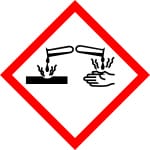
Meaning:
Corrosive
Substance Examples:
This symbol is used to indicate a corrosive substance, which will damage living tissue on contact.

Meaning:
Toxic
Substance Examples:
This symbol represents chemicals that can cause damage in even low and very low quantities.

Meaning:
Environmental Hazard
Substance Examples:
This symbol represents substances that could damage the environment, such as animals and plants.

Meaning:
Flammable
Substance Examples:
This symbol indicates the presence of flammable materials that ignite on contact with air, a small ignition source, has a low flash point or can evolve highly flammable gases when in contact with water
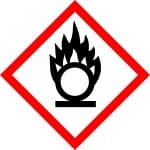
Meaning:
Oxidising
Substance Examples:
This symbol indicates a substance that can react violently with other substances and can cause, or feed, a fire.

Meaning:
Long Term Health Hazard
Substance Examples:
This symbol represents a substance that could cause long term health effects on exposure.
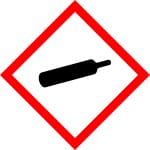
Meaning:
Gases under pressure
Substance Examples:
This symbol represents a gas under pressure. Pressurised gases are at risk of explosion or cryogenic injuries.
Safety Data Sheets
If a substance is dangerous for supply, the supplier is required to send you a safety data sheet (SDS). This must be updated as the product’s formulation changes. If the substance is not dangerous for supply, the supplier should include instructions for safe with the package.
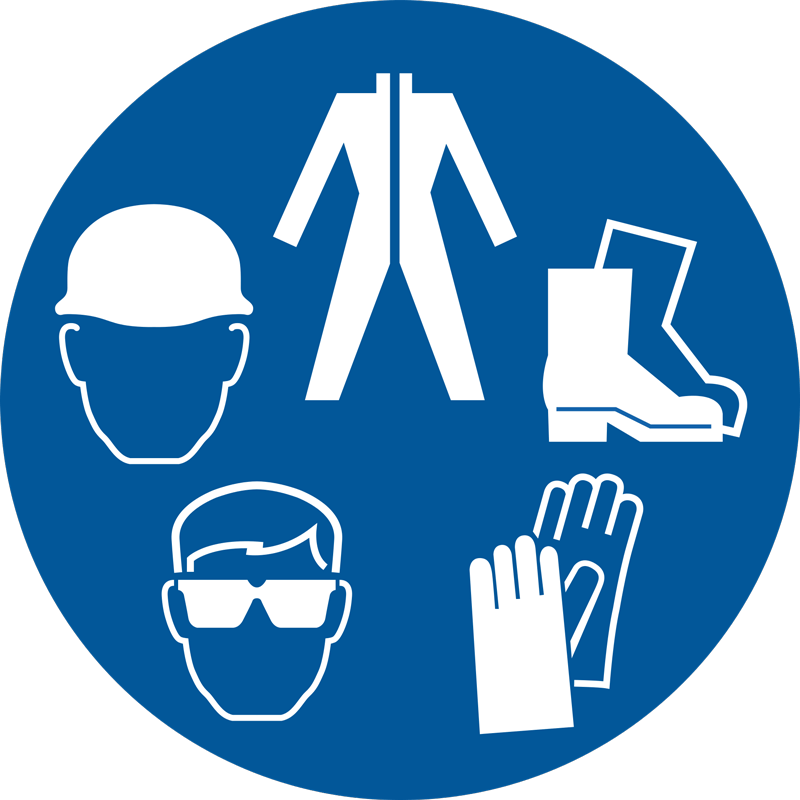
COSHH
This COSHH training course is ideal for those who wish to work in environments with substances hazardous to health

